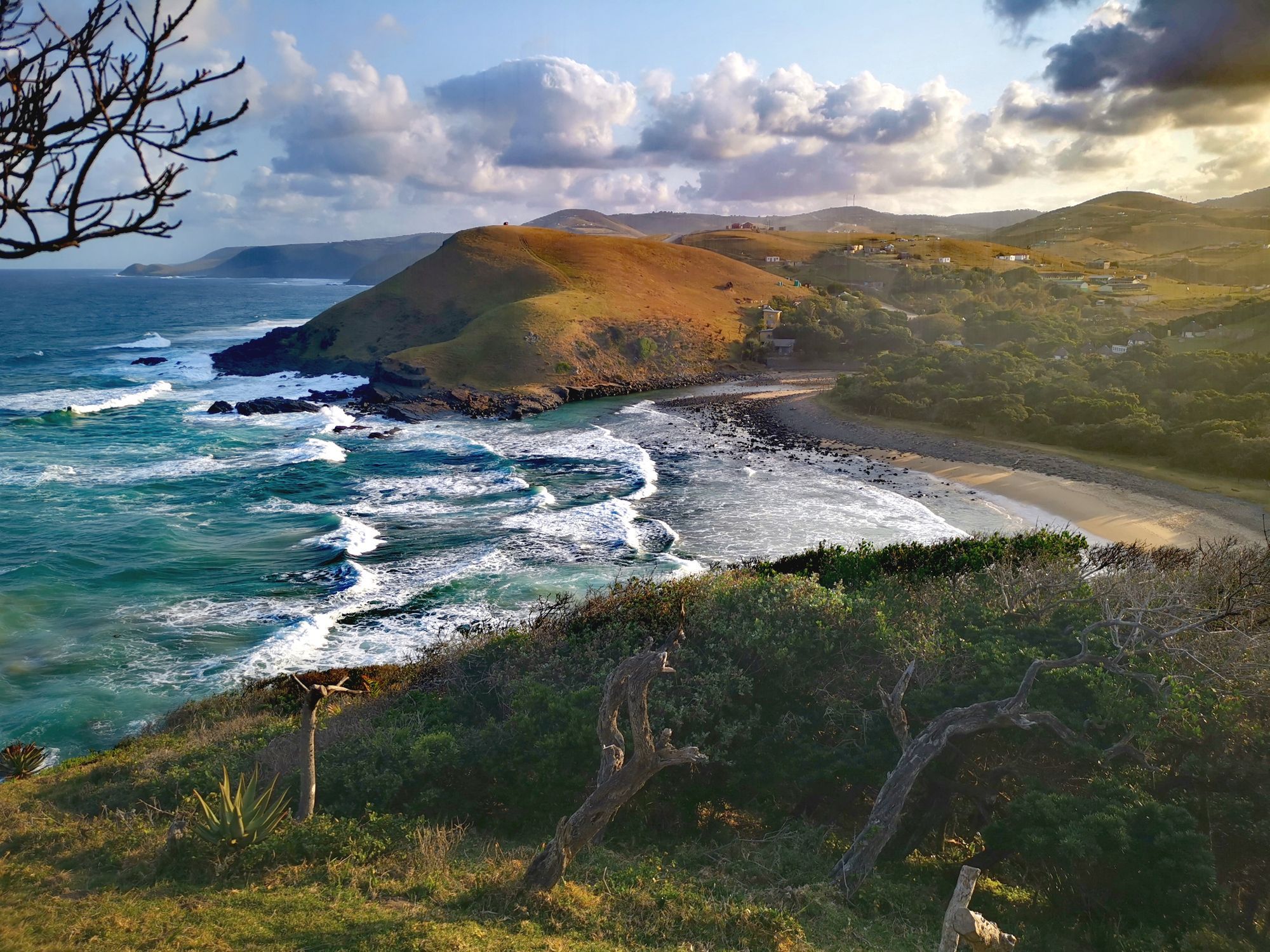
South Africa’s Wild Coast stretches across the country’s Eastern Cape (a distance of around 350km), from the KwaZulu-Natal border in the north to East London in the south. Remote and rugged, it’s an area where lonely headlands jut out into roaring waves. You're more likely to find cows relaxing on the pristine beaches than tourists. Rusting shipwrecks lie just offshore, while whales migrate each year through the deeper waters. Inland you’ll discover coastal forests threaded with pristine estuaries, undulating hills, powerful waterfalls and rough grasslands.
The northern section of the Wild Coast - stretching from the Mtamvuna River to the Mtata River - is known as Mpondoland, home to the Mpondo people. Mpondoland is broken down into various administrative districts, and the northernmost is called Amadiba, an area from Mtamvuna River to Mtentu River (also known as Mthentu). There are a number of villages within Amadiba, including Xolobeni, which is known for its red coastal dunes.
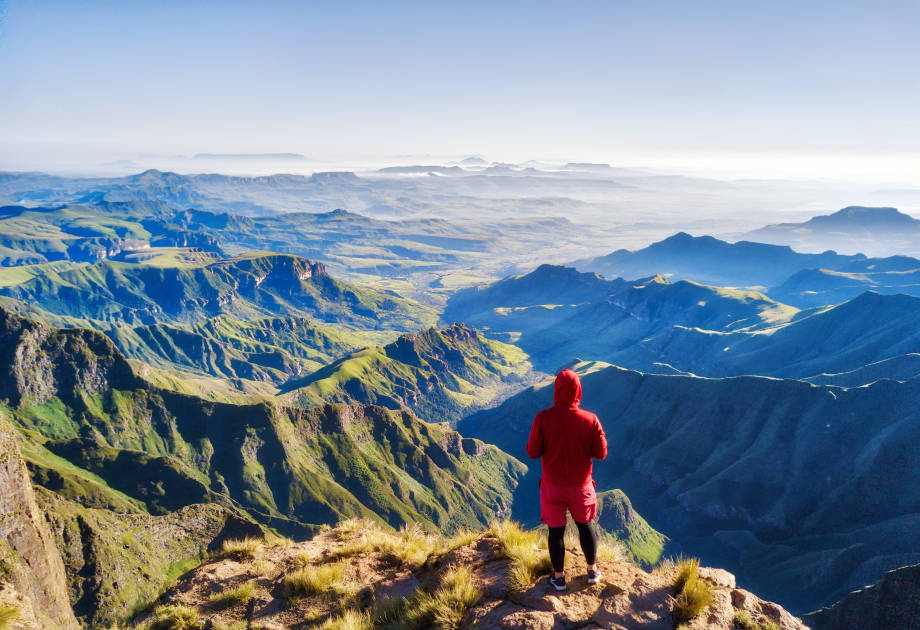
The Xolobeni Red Desert is an important archaeological site, where numerous stone age tools (between 300,000 to 500,000 years old), shell middens, broken clay pots and more have been discovered - these dunes were occupied during the last ice age. It is a national heritage site, holding huge cultural significance for South Africans.
But Xolobeni's dunes are under threat. Since 2002, South Africa's Department of Minerals has been trying to give a company called Mineral Sand Resources (MRC) a licence to mine the Xolobeni Red Dunes and its surroundings for titanium and ilmenite.
“According to the National Heritage Resources Act of our country, any cultural site older than 60 years is not supposed to be tampered with,” explains Sinegugu Zukulu, Programmes Manager of Sustaining the Wild Coast. “But our Department of Minerals wants to see them mined, which is ridiculous; which is absurd.”
According to the National Heritage Resources Act of our country, any cultural site older than 60 years is not supposed to be tampered with
To mine the red dunes, then, would be an illegal act. What's more, it would have disastrous consequences for the people living in the Amadiba coastal area (known as Mgungundlovu), and on the environment.
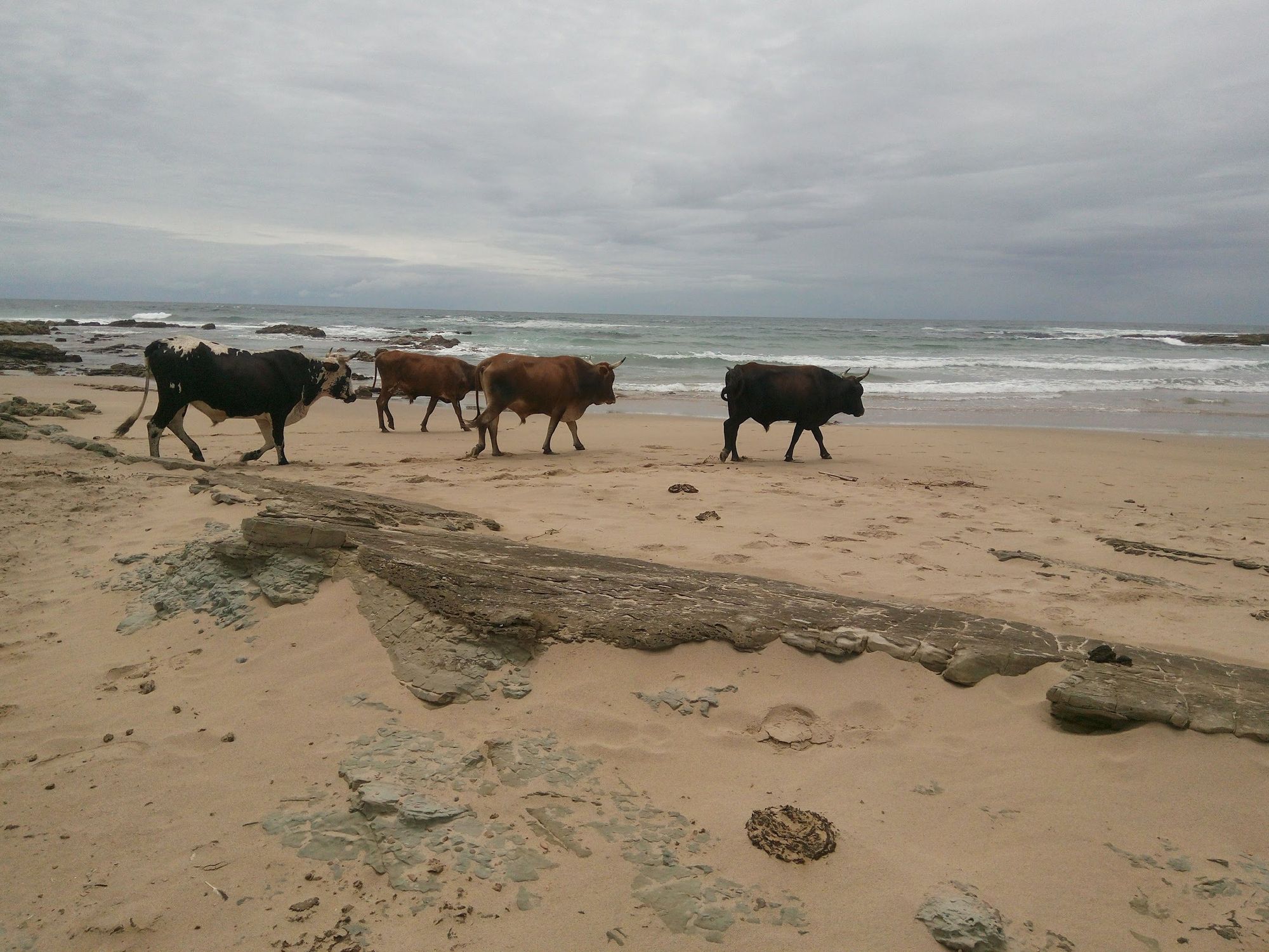
“It would entail open-cast mining over the red dunes, and some of the surrounding agricultural land – an approximately 22km stretch of the 25km coastline,” explains Sarah Drew of Active Escapes, an ecotourism operator in the area. “Xolobeni village would be most impacted as the proposed mining area engulfs them. It would necessitate relocation; and one of the key concerns from this community is that the mining plan fails to recognise or budget for this.
“Furthermore, this type of mining requires vast amounts of fresh water, which would need to come from the nearby ocean, rivers and estuaries. These are pristine waters - the Mtentu estuary being home to an annual, unexplained, migration of kingfish, and it’s a protected area. An extremely range restricted endemic palm, known as the Mkambati Palm or Mpondo Coconut, grows only on the northern banks of two rivers, Mtentu and Msikaba.”
What's more, that entire stretch of coastline is known as the Pondoland Marine Protected Area, due to the number of endemic fish species that live in its waters. Dust from the mining would impact the MPA, leading to increased siltation in its estuaries and affecting fish spawning grounds.
For decades, passionate activists have been successfully defending the Wild Coast from mining and other threats. Pivotal organisations include Sustaining the Wild Coast - created by activists across the country, including those living locally - and the Amadiba Crisis Committee, formed by the local community to oppose the mine. These organisations, plus many other communities and organisations, prevented Shell from conducting seismic blasting offshore in 2021. They’ve also been fighting the construction of the N2 toll road near their coast.
Sinegugu is a member of the Amadiba community, and one of the activists who has successfully defended the area from extractive industries. Sarah has a Masters in Geography, during which she studied community-based tourism models on the Mpondoland Wild Coast. We spoke to them about the conflict's complexities, and about how ecotourism can provide the more sustainable long-term development solution for this beautiful region.
A Community Divided
Mpondoland is a region of high biodiversity. You’ll find more than 2,200 different plant species in the area - 196 of which are endemic - and numerous bird and mammal species. There’s also a wide variety of marine species found in the rivers and the ocean, from tiger angelfish to red steenbras and juvenile hammerhead sharks.
The reason for the region’s high biodiversity lies in its varied topography. There are a wide variety of landscapes, from lowland plains to sand dunes and steep gorges.
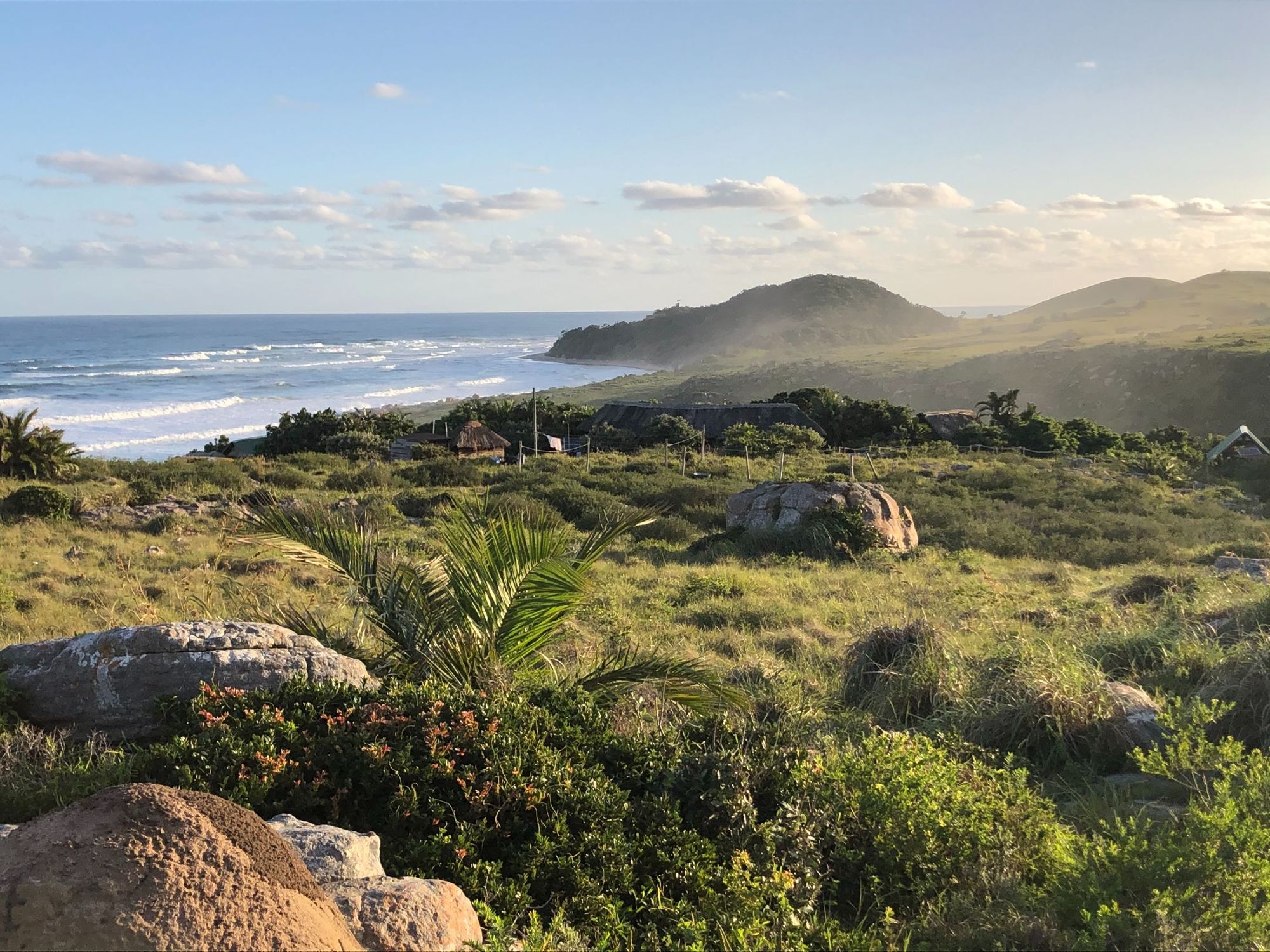
“In Mpondoland, the terrain is mainly rolling hills, and in these - deeply incised gorges and ravines,” Sarah explains. “This precluded development in the past, because it required large and costly bridges to cross, and that's one of the main reasons why a coastal highway was never developed. However, that's what the N2 toll road extension will do.”
Back in 2001, the South African National Roads Agency Limited (SANRAL) proposed an upgrade of the existing N2 road section which runs inland, bypassing the Wild Coast. They wanted to build a new coastal extension between Port Edward and East London, which includes building two mega-bridges over the Msikaba and Mtentu river gorges. The road is being created not so much to improve infrastructure for locals, but to allow large trucks to transport goods more quickly through the region.
The community is quite divided. The people that are against mining view agriculture and ecotourism as the alternative.
“The one thing all the different government departments seemed to agree on is that they wanted the road to go ahead, but they didn't wage on such a strong dissenting voice from local communities,” Sarah says. “The dissidents see the road as going hand-in-hand with the mining: it would facilitate it. For mining to be feasible, it would need to have a decent road infrastructure – and without the N2 extension, this is a real problem.”
The road is already under construction in other areas; closer to Amadiba the mega bridges are under construction. However, building keeps being halted due to fierce opposition from many of the communities it passes through, and labour and procurement disputes.
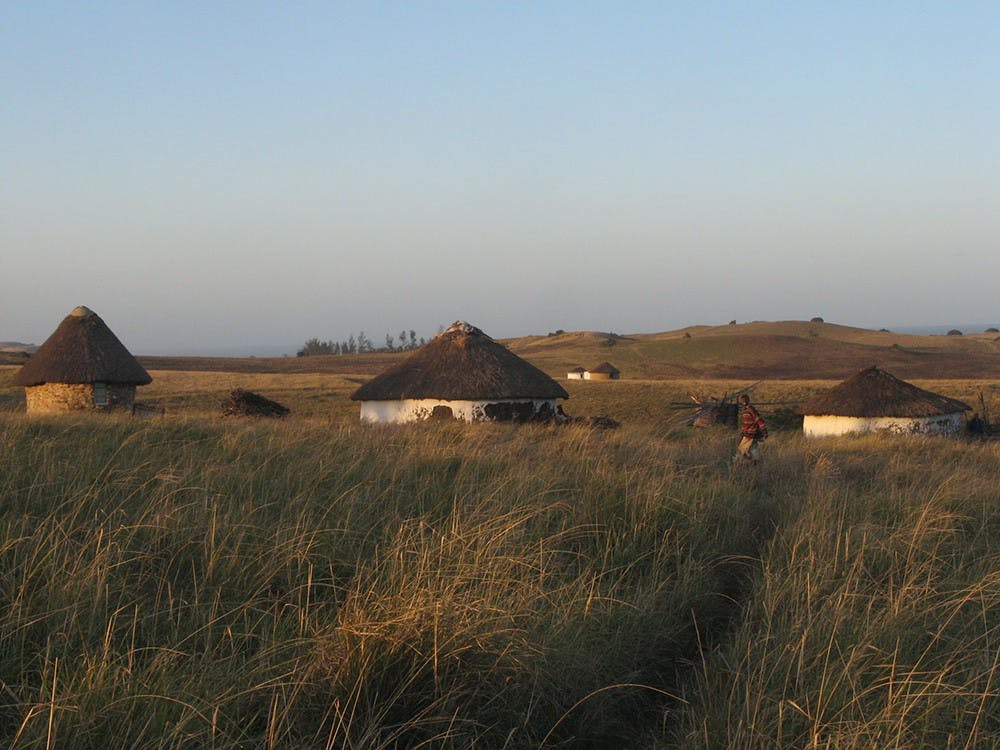
Meanwhile, the mining project in Xolobeni Red Dunes has yet to be started. A 2018 High Court Ruling stated that mining could only take place with the full and informed consent of the Xolobeni people, which has yet to occur. In fact, 68 out of the 72 homesteads within the mining area have declared their opposition.
“The community is quite divided. The people that are against mining view agriculture and ecotourism as the alternatives,” Sarah says.
Environment Over Extraction
The Wild Coast region is considered economically deprived, according to the IMF index. However, according to Sinegugu, this is an incomplete picture.
“We don't like being labelled 'poor', because when politicians want to take our land and give it to mining companies, that's what they use to justify it,” he says. “But the truth of the matter is if they leave our land alone, our people are very rich - they are able to produce enough food, sell the surplus and make lots of money. This is because of the fertile soil.
“When you go to Amadiba, you will see they are one of the richest coastal communities. There's one village in the Amadiba area, where they sell sweet potatoes they grow between March and September. In one week, they make something like 700,000 rands - so they have a high income.
“The reason why tourists want to come to our coastline is because it is still pristine, and it still belongs to the local people. If we were to give away our land, it will be developed - it would become a concrete jungle. We have been good stewards - our lifestyle has protected the land.”
However, the counter-argument to this (the one used by the mining and road building companies), is that their projects will bring employment opportunities to the region. SANRAL, the organisation in charge of the N2 toll road, states that it will create 55,000 jobs - although these will be temporary. However, Sinegugu explains the road will lead to ribbon development over people's agricultural land, depriving them of the means to grow food.
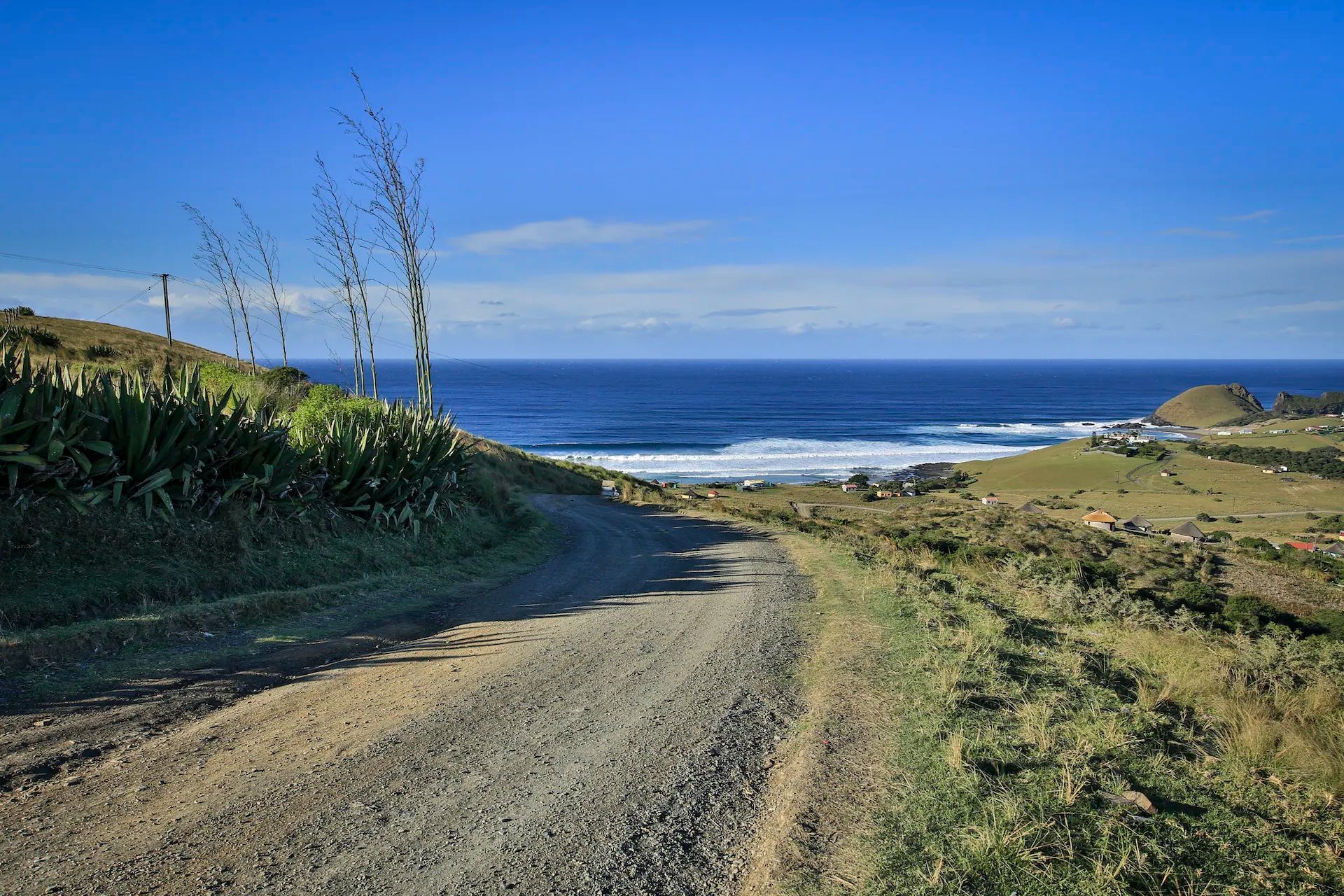
The mining proposal also suggests that the direct employment provided by the project will offset the loss of agricultural land that will take place in Xolobeni, for which they are not offering compensation.
“It’s difficult to fight mining just based on job creation,” says Sarah. “With local employment mandates, the miners would be required to source many of their unskilled staff from the local communities. Current ecotourism operations in the area won't provide nearly as many jobs as mining - in the short term. But ecotourism provides a more viable option in the long run, as it relies on protection of the environment upon which it is based.”
MRC’s mining proposal suggests that it requires the usage of 13 to 15 million tonnes of water a year, which would have a huge impact on the local environment. Many of the surrounding Amadiba communities make their living through subsistence farming, growing crops such as sweet potatoes, tomatoes, maize, beans, amadumbe, bananas and more. They also forage the dunes for medicinal plants, and harvest mussels and crayfish from the nearby ocean. Mining not only has the potential to devastate the environment - it will also destroy livelihoods, and displace indigenous people from their land.
If we were to give away our land, it will be developed - it would become a concrete jungle
The economic benefits of mining would last for the duration of the mine’s 22 year life-cycle, whereas tourism would last for as long as the communities and the local environment do.
“When we take groups to the Wild Coast, they stay at a homestay in Xolobeni village,” Sarah says. “The money that I pay for the homestay goes directly to the local woman who runs it. And it also helps the anti-miners with their argument: it shows that ecotourism exists and provides a non-threatening livelihood opportunity to those community members, and the family they support.”
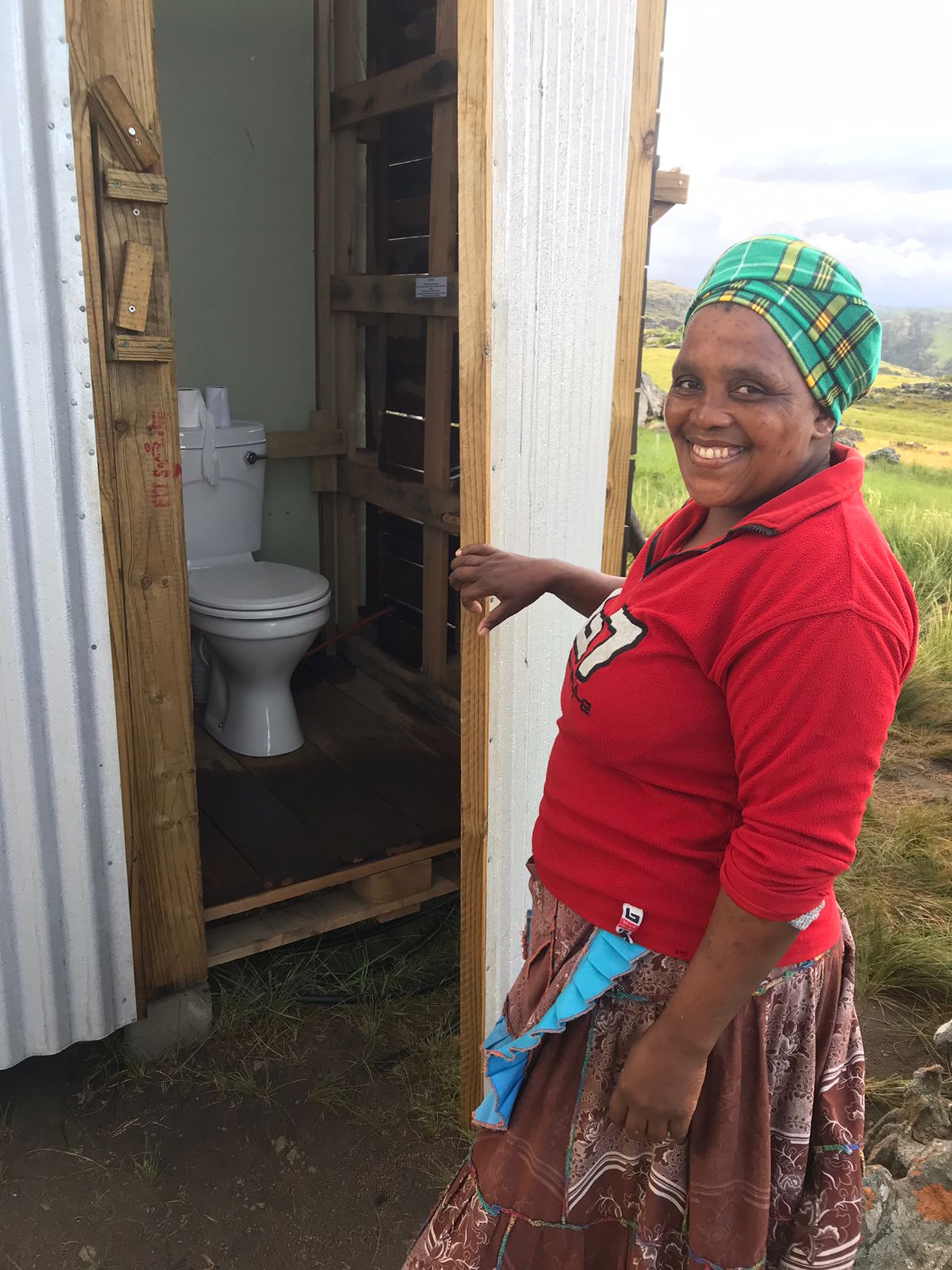
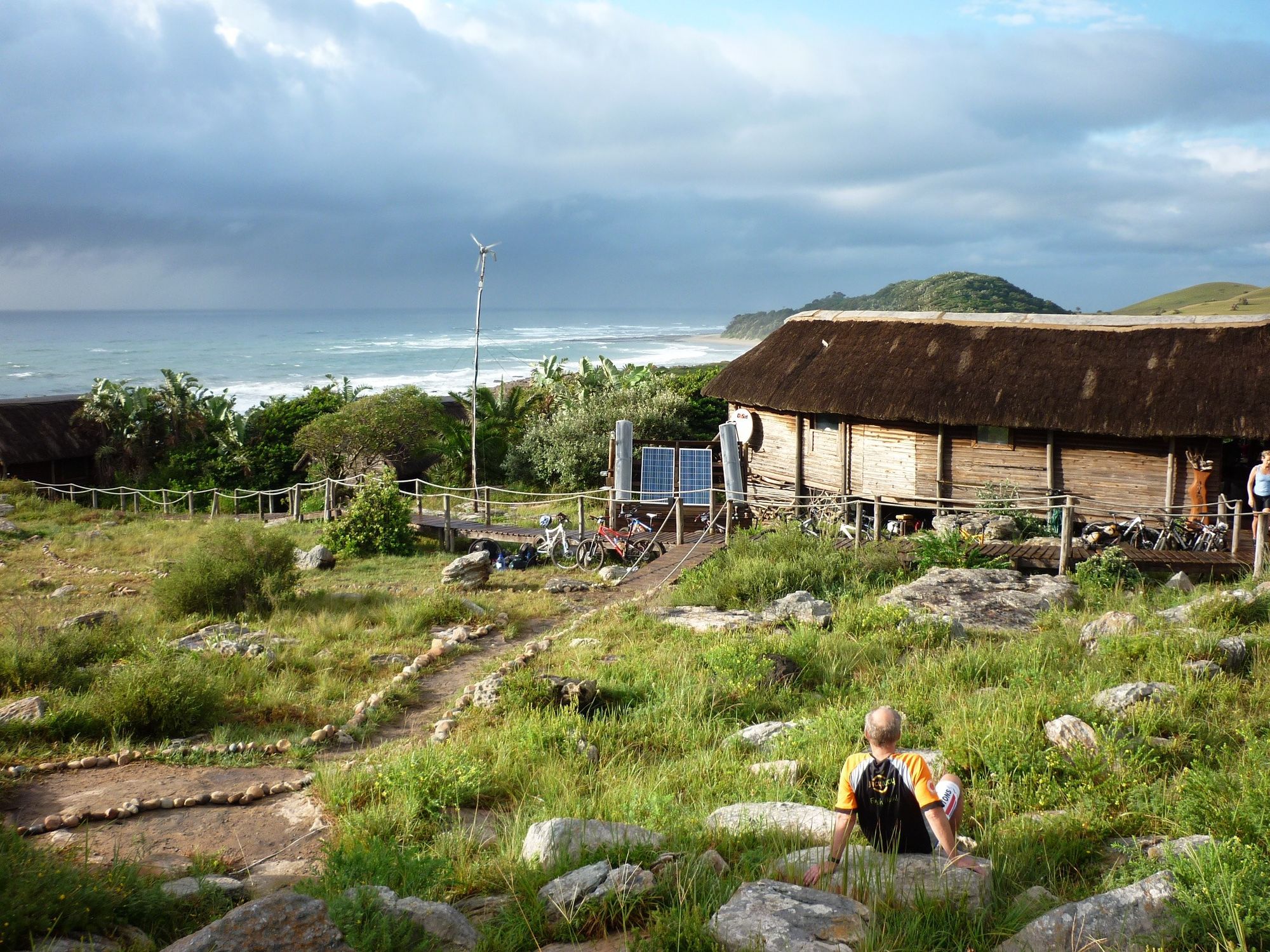
The new flush toilet in the Xolobeni Homestay (left) and Mtentu Lodge (right. Photos: Active Escapes
“The homestay has evolved over the years. Initially, the family would need to move out to accommodate tourists; and hikers would use the family's pit latrine. Then, from the money earnt from hikers, she was able to build a separate sleeping rondavel and latrine to accommodate the hikers. Now, she has a separate ablution block with flush loos and a shower head. They still don't have reticulated water , so it remains a bucket that is filled to go into the toilet cistern, and warm water for the shower continues to be heated over the fire.”
“The community is very welcoming. They understand these hikers provide a number of income earning opportunities: from their local guide; to the coke and beers purchased at their local shebeen; to the homestay in which they overnight. There's a traditional healer in the village, which hikers can visit and engage. It’s as authentic an experience as you're going to get.”

Several decades ago, a European aid project planted the seed that started ecotourism in the region. They trained locals as guides, and in providing hospitality to tourists. The funding also led to the creation of Mtentu Lodge, which now belongs to the community, and is leased to outside investors. They pay the Amadiba Coastal Community Development Trust (ACCODA Trust) a monthly rental.
“They employ seven full time staff and three out of four managers, all from the local community. They have also trained up three local ladies to offer massages, and employ other part time staff. It’s the biggest employer for the area,” Sarah says.
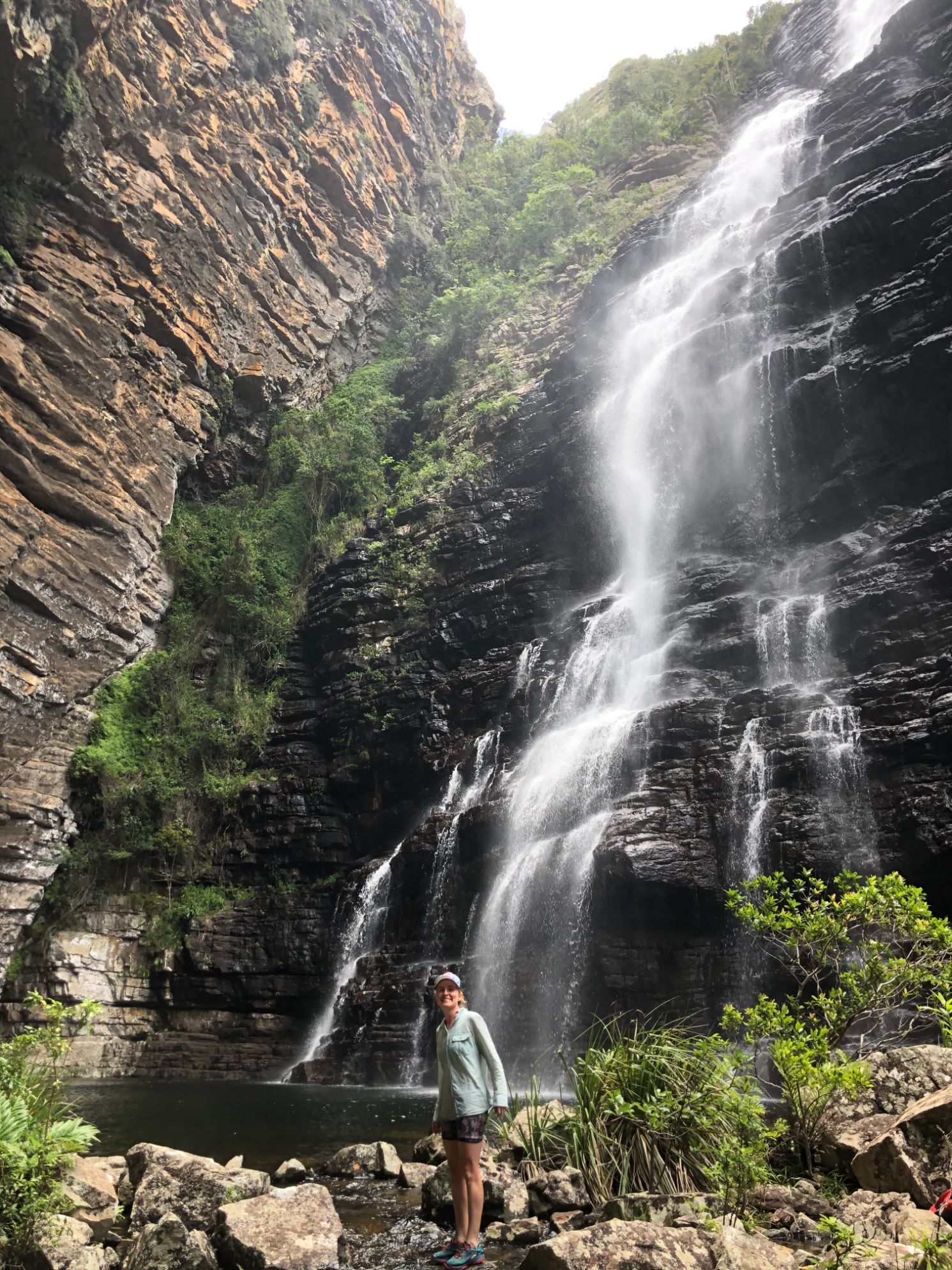
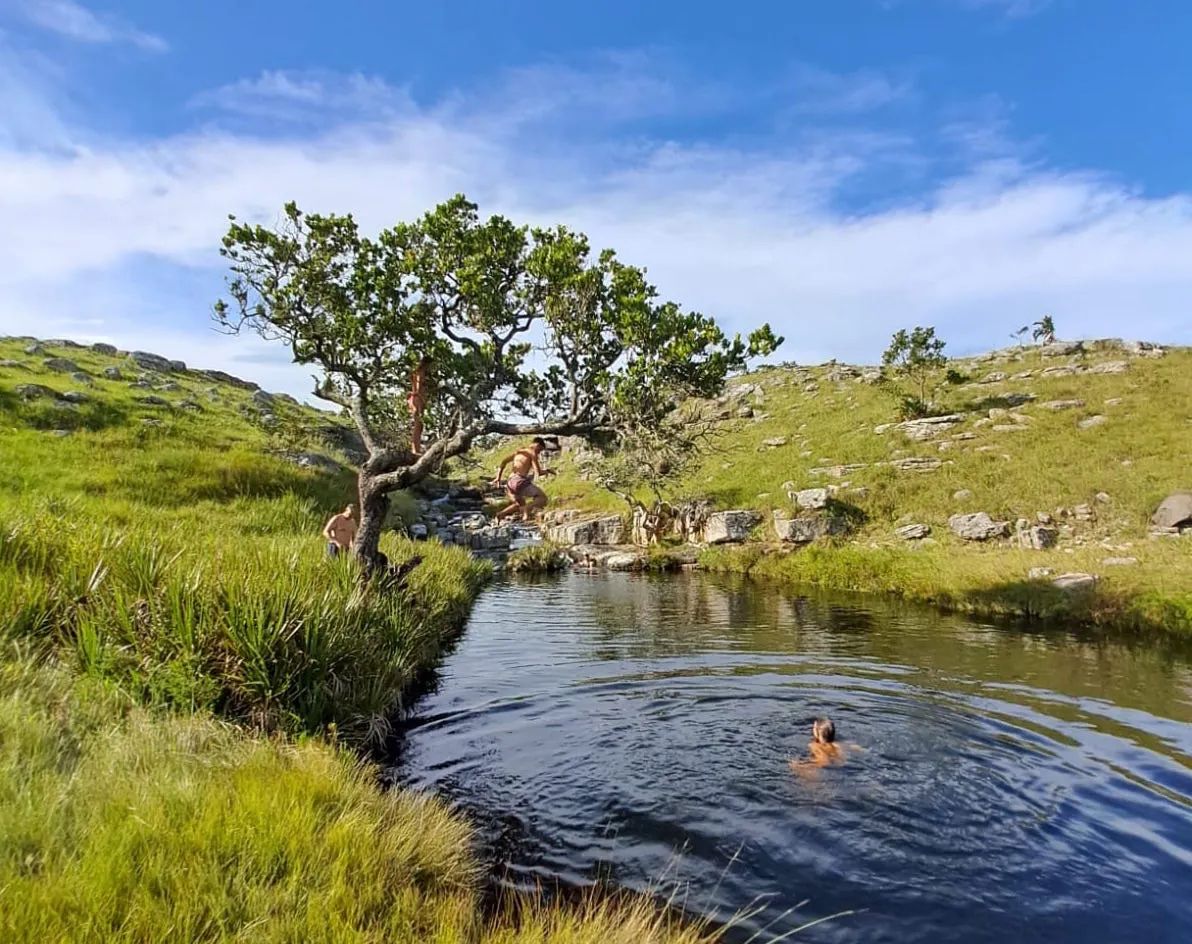
A waterfall and natural swimming hole near Mtentu Lodge. Photos: Active Escapes.
Sarah’s hiking groups stay at Mtentu River Lodge after Xolobeni Homestay. She believes that responsible operators are a key link to helping local communities access both international and local tourism markets.
Organisations such as Sustaining the Wild Coast are also instrumental in facilitating ecotourism. One of their recent projects includes the construction of a solar powered community-owned lodge in the small village of Kwanyana. They’re also working with the Eastern Cape Parks and Tourism Agency to organise signage for the Mpondoland hiking trail, which takes you through many of these remote coastal communities.
If you visit the Wild Coast you’ll be able to hike over the red dunes and along the wave-battered coastline. You’ll experience the subsistent way of life of the Mpondo people, sleeping communally in a rondavel and sharing traditional meals of home grown vegetables and fire-cooked Mpondo bread. You can kayak in the pristine Mtentu estuary, stopping to wild swim in natural pools along the way. In doing so, you’ll be bringing in revenue to this pristine region, and helping show that ecotourism can provide a viable, regenerative alternative to mining.
Inspired? Visit the Wild Coast on our Hike, Kayak and Wild Swim South Africa adventure, designed by Sarah.



